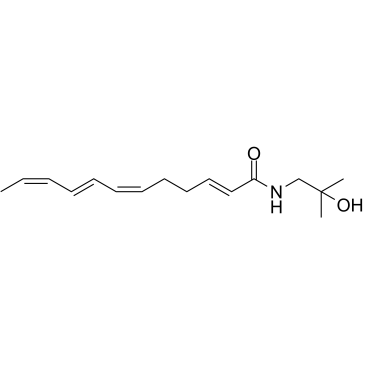Stability of Hydroxy-α-Sanshool in Medium-Chain Triglyceride Oil and Corresponding Oil/Water Emulsions
Author:Mitani, T., Yawata, Y., Yamamoto, N., Nishide, M., Sakamoto, H., & Kayano, S. I. (2023)
Journal:
Foods, 12(19), 3589.
Abstract:The pungent component of sansho (Japanese pepper, Zanthoxylum pipritum) is sanshool,
which is easily oxidized and decomposed. We have previously reported several sanshool stabilizers,
such as α-tocopherol (α-Toc). Sansho pericarp powder treated with middle-chain triglycerides (MCTs)
can be used to obtain extracts containing hydroxy-α-sanshool (HαS). Although HαS is stabilized
when α-Toc is added to the MCT extracts, the loss of HαS is accelerated when it is mixed with a
powder such as lactose. The separation of α-Toc from sanshools was thought to inevitably lead to
their oxidation. Therefore, using sansho pericarp MCT extracts with or without α-Toc, oil/water
(o/w) emulsions were prepared by adding a surfactant, glycerin, and water to these extracts. In
both emulsions, HαS was stable in accelerated tests at 50 ◦C. However, when lactose powder was
added to the emulsions and an accelerated test was performed, HαS in the emulsion containing
α-Toc was stable, but HαS in the emulsion without α-Toc was unstable. These results highlight the
importance of maintaining the close proximity of HαS and α-Toc in the emulsion. The stabilization of
sanshools using emulsion technology can facilitate the production of various processed beverages,
foods, cosmetics, and pharmaceuticals containing Japanese pepper.
Products Used:

